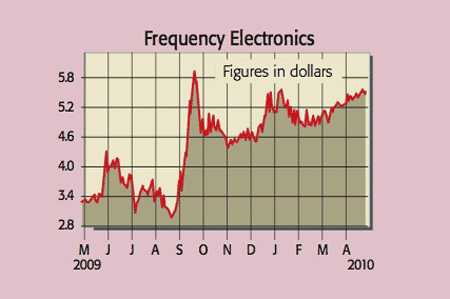
Neil Armstrong isn’t happy. The former astronaut, who in 1969 became the first man to set foot on the moon, reckons US President Barack Obama’s plans for Nasa will turn America into a “second-rate, or even third-rate, space nation”.
Obama has grabbed headlines by promising to take Americans to Mars by the mid-2030s. But that’s not what’s bothering Armstrong. His ire is over a more immediate decision: a move to retire the space shuttle and scrap plans for a replacement. This leaves the US without a way to send astronauts into space until at least 2016. Obama’s plan encourages the space agency instead to focus on Mars and leave low-earth orbit vehicles to the private sector. It also calls for more technology partnerships between the agency and private firms. Armstrong has said the decision is the start of a “long downhill slide to mediocrity” for the US.
Yet while Armstrong certainly knows a thing or two about the space game, he might be too pessimistic about Obama’s plans. They could be very good news for the space industry – especially for component and systems manufacturers. The new measures are designed to encourage firms to compete to provide transport to low-earth orbit. Over the next five years, $6bn in public money will be available to firms developing spacecraft and rockets that can take people to the International Space Station.
One objection to Obama’s plan is that with the shuttle being retired this year, the only way to get to the space station will be to fly with Russia at $56m per person. This is ridiculously pricey – analysts put the true cost at around $20m. But that means there’s scope for private firms to charge less and still turn a profit. And as transport costs drop, traffic will rise, opening up new investment opportunities.
For example, Bigelowe Aerospace has spent $180m developing expandable space habitats to use as a space hotel. The lower the transport costs being offered in the market, the larger its potential customer base. And Virgin Galactic hopes to send people into sub-orbital space by 2011. It’s already collected $50m in deposits from more than 300 customers. US renewable energy firm Solaren hopes to harness solar energy in outer space and transmit it to earth via radio waves. It’s already signed a deal with a Californian utility for a prototype due to come online in late 2010.
All three ventures use different concepts and technologies – and will no doubt have varying degrees of success. But they all have certain requirements, such as the need to be able to communicate with the earth from space. This will be good news for companies that can provide the necessary components.
Moreover, government spending on space is rising across the globe. China and India are particularly keen to challenge US and Russian dominance of space. China aims to send someone to the moon by 2020, after a successful space walk ‘in a Chinese-made suit’ in 2008. China is also working on the Beidou 2 project, which would give it an independent satellite system. This has led Japan, fearing the loss of its regional technology edge, to upgrade its own satellite programme. Indeed, it is estimated that more than 1,000 satellites will be built and launched in the next ten years. With the Asian space race heating up, and private companies competing for their chunk of the space travel business, this $257bn industry is only set to grow. We look at one company poised to profit in the box below.
The best bet in the sector
One firm well-placed to benefit from both the US and Asian space industries is Frequency Electronics (Nasdaq: FEIM). The firm produces the frequency converters and specialised timing systems, such as atomic clocks, that enable satellites to transmit and receive information. This small-cap stock earns 33% of its revenues from space-related technologies, making it a more highly geared play on space than larger aerospace peers such as Boeing.
That percentage is only set to grow. Chairman Joseph Franklin has made space Frequency’s priority for the future. Part of the strategy involves switching resources from custom projects to making ‘off-the-shelf’ receivers and transmitters. By doing so, the group hopes to gain market share in the growing commercial satellite market. Better still, the firm has a mixed client base, servicing both governments and private sector clients, which exposes it to both sides of the space industry. Frequency is also keen to boost its Asian customer base, recently opening a production and marketing facility in China. Its share price has ticked higher in the past few months, but on a p/e of 11.4, compared to the Bloomberg World Aerospace Index average p/e of 16.4, it looks a good value long-term play on the space story.